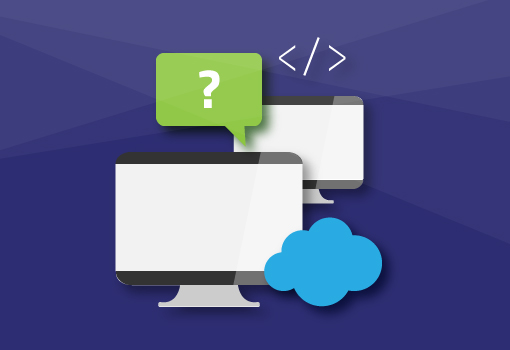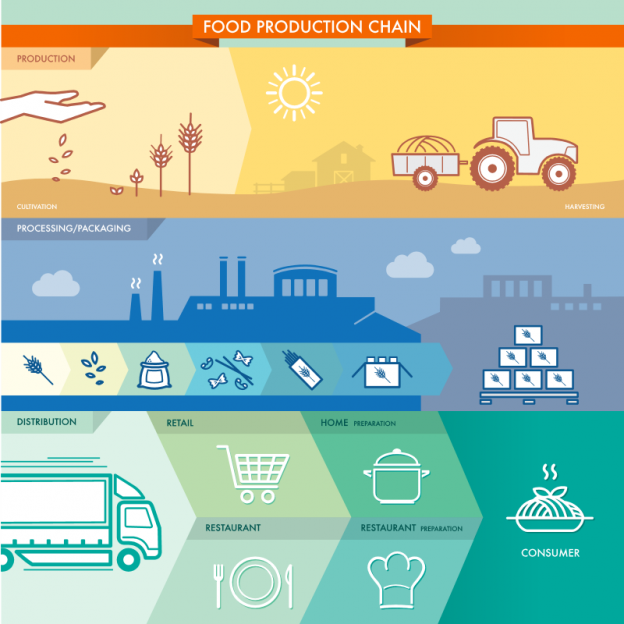A problem a lot of businesses face these days is around the communication of information; how can my supply business who use this software best talk to a distributor who use that software.
That was the problem MessageXchange was approached with.
PFD Foodservices is a distributor of fresh foods and groceries around Australia. They communicate with hundreds of suppliers and distribute to hundreds more.
PFD Foodservices, like a lot of businesses, had previously sent purchased orders, received invoices and communicated other information by fax, post or email.
So what was the problem?
Communicating by fax, post or email is prone to data error, as it involves double-handling. It isn’t an efficient means of detailed communication.
Before implementing
Community Cloud, PFD Foodservices would have to create a purchase order in their system and send it to the supplier, who would then respond to the purchase order (PO) in their own way. The supplier would create an advanced shipping notice (ASN) in their system and then, generate an invoice in another program.
Why Community Cloud?
PFD Foodservices wanted standardise their communication with suppliers through Electronic Data Interchange (EDI).
Community Cloud removed the hassle for suppliers, particularly small to medium suppliers. They can now oversee the whole process in one portal. No more updating
this program to reflect
that program so that it matches
another program.
What can Community Cloud do for PFD Foodservices suppliers?
Community Cloud lets PFD Foodservices suppliers manage four key processes in the one easy-to-use area.
1. Receive purchase orders
When PFD Foodservices sends a supplier an order, they will be sent an email alerting them to request. It’s easy to then login to the portal to view and respond to the order.
2. Send a purchase order response
Once the supplier has received the purchase order, they can ‘turn it around’ and give a response. Everything is pre-filled, so all they have to do is make amendments. This removes human error and keeps data integrity; something that was not possible before when using manual forms of communication.
Suppliers also have the option to export or print this information as they need.
3. Generate dispatch advice
Using the information that was in the purchase order response, suppliers can then generate a dispatch advice. With a few clicks of a button they can tell the system exactly what items were placed in which box, and create a barcode label for the package. This information can be seen by both parties and makes everything easily identifiable.
4. Generate an invoice
With another click of a button suppliers can send an invoice off to PFD Foodservices. All the information is again generated from the purchase order response, so there’s no need to re-enter the information.
What is involved in the setup?
All suppliers will need is a computer, Internet connection and a quality laser printer to fully comply with the requirements of PFD Foodservices. It’s so easy.
For less than the price of a coffee a day, suppliers can send and receive unlimited messages and get help from the MessageXchange helpdesk when they need it.
Suppliers can now forget about follow up or efficiency costs. They won’t have to chase invoices because they were sent to the wrong address or the email bounced back; everything is automated in the portal.
Community Cloud goes beyond just a web form; it makes your business more efficient. It allows you to spend more time on things that really matter; your core business. It removes the need for lots of data entry and keeps everything in one place.
Speak to us today to find out how your business can use
Community Cloud to communicate with PFD Foodservices and other distributors.








